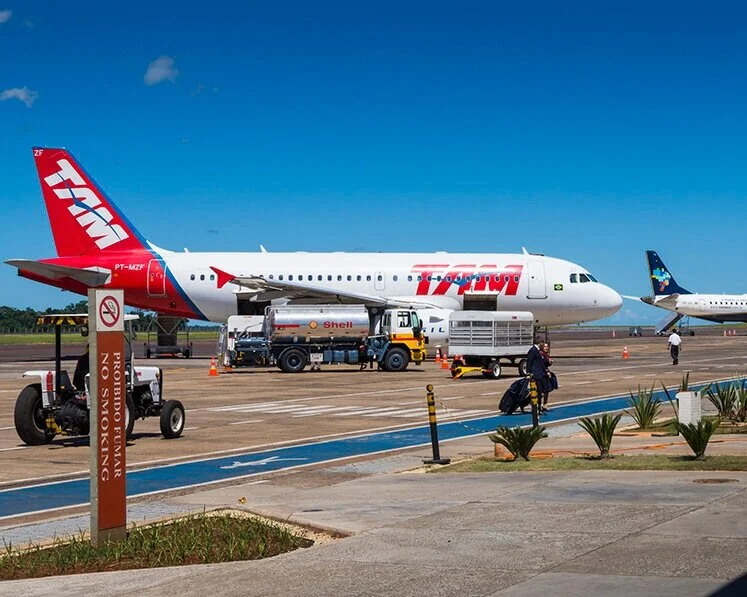Heroin in the Hills
/Michael Ransom, Contributing EditorLast Modified: 07:45 p.m. DST, 11 June 2014
CINCINNATI, Ohio -- While drug abuse is a long-standing problem in the Appalachia region of the United States, the surge in heroin usage has only been recently documented and is a relatively new phenomena. Most officials attribute the influx of heroin into be rural black-market to be a response to the crackdown on the easy accessibility to prescription pain pills such as OxyContin and Percocet, which rule the drug markets in Appalachia a few years ago.
In any case, heroin usage in the region is increasing at an alarming rate. To address this shift in society, police officers, caretakers and addicts have recently started carrying Naloxone. Could this overdose antidote be the answer?
Naloxone was first introduced in the 1960s, but was often written off as a taboo idea. In the War on Drugs, often addiction is not treated as a disease, and efforts to help people with life-threatening dependencies are not seen as legitimate. Lawmakers often claim that with increased access to clean needles and overdose antidotes, people will be more likely to use the drugs in the first place.
That logic is flawed, as heroin and other serious opiate addictions are fueled by growing issues in society and the personal lives of addicts. I believe that no one in their right mind would start down the path of heroin abuse simply because free needles were offered at a clinic down the road.
Data has shown that Naloxone is very effective in saving lives that are on the brink of overdose. Just last week, two police officers were able to revive a woman who was overdosing on the Staten Island bridge in New York. Examples of the drug's effectiveness are seen nationwide. It is an important tool in the fight against heroin and morphine related deaths.
Al Jazeera is now reporting about an interesting dynamic within the small-town America plight of heroin abuse. Cincinnati, Ohio has long been a hub of powerful painkillers, previously pills and now heroin. Neighboring Kentucky is home to some of the highest opiate overdose rates in America. Both of these Appalachian states are passing laws to help those afflicted with drug dependency. Kentucky has increased pedestrian access to Naloxone and offered amnesty to those who need medical treatment after a heroin overdose. Ohio has gone one step further, allowing those people are not users themselves to carry Naloxone, in the hopes they can administer to loved ones in a time of need. Other people distribute the antidote to churches or other religious networks in order to address the growing problem.
Approximately five people die from opiate overdoses every day in Ohio. The problem in Kentucky is slightly worse, with an estimated three overdoses overdose fatalities each day. The problem spans from cities such as Dayton and Cincinnati, to some of the most rural areas in modern America including many communities in Kentucky.
In the last 20 years, approximately 10,000 people have been brought back to life using the prescription Naloxone. While Ohio's efforts seem to be helping many people living with drug dependency, the difference in laws between Ohio and Kentucky are also encouraging people to cross over the Ohio river in order to score drugs in Ohio. Kentucky will often hold alleged heroin users in jail for months before their trial, while Ohio does not. Therefore, the Ohio initiative has created a dynamic where nearby addicts flock to cities like Cincinnati.
There is hope for the growing problem of heroin trafficking and addiction. Project Lazarus, for instance, is a multi-faceted nonprofit organization that is challenging the growing virus. Using a multifaceted approach that reaches out to those people at high risk of overdose, overdose survivors, various community organizations, doctors, nurses, police, and policymakers, Project Lazarus educates communities and healthcare workers, and helps users practice damage control by giving them the antidotes and tools they need in order to live a healthier life. The issues of heroin dependency throughout the country are indisputable, and I believe that it is both cynical and defeatist to condemn those who are trying to help people in need.
Follow Michael on Twitter Twitter: @nahmias_report Contributing Editor: @MAndrewRansom
Related articles
Cuomo adds State Police resources to fight heroin use (timesunion.com)
New York City Cops Must Carry Heroin Antidote (drudge.com)
Sharp increase in heroin overdoses in Guilford County (myfox8.com)
Nasal spray for heroin antidote under development (usatoday.com)
Heroin epidemic: Naloxone is no cure-all (blogs.seattletimes.com)













